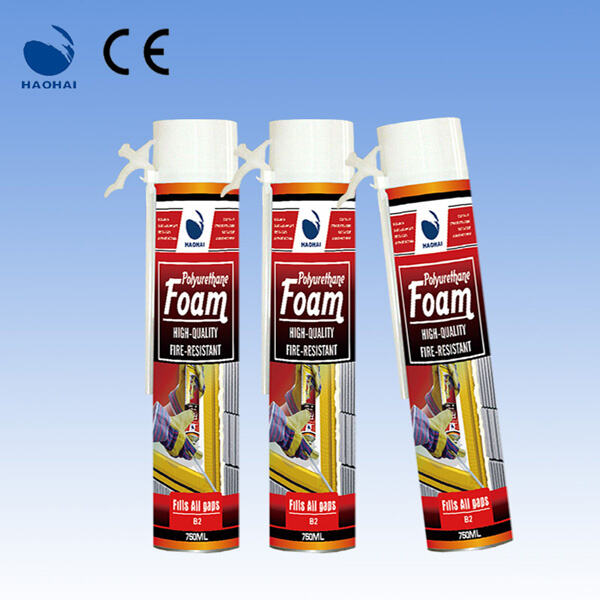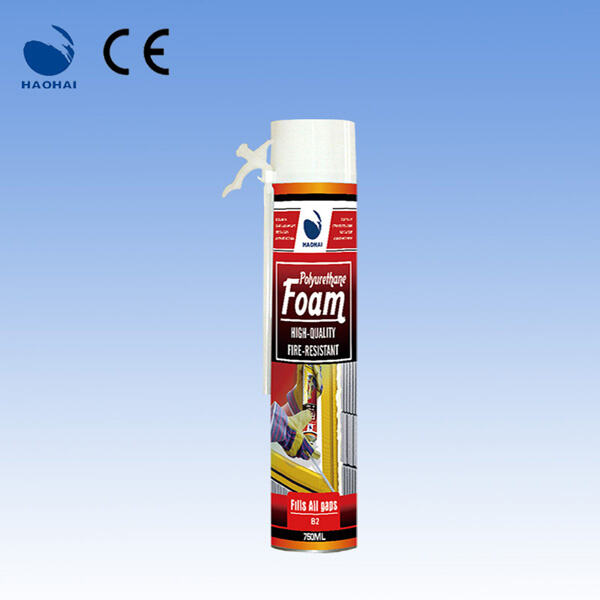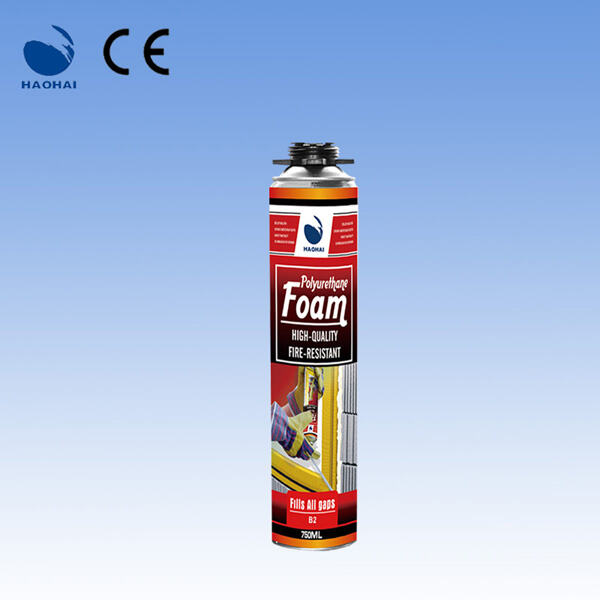פוליאוריתן הוא חומר המשמש במגוון רחב של תחומים. בין היתר ברהיטים, בידוד ואפילו נעליים. אך האם חשבת פעם על כך שפוליאוריתן יכול להיות קטלני כאשר הוא בוער? שרפת פוליאוריתן יכולה להשתולל במהירות ולה причинת נזקים כבדים. לכן, הכרה עם הסיכונים שקשורים לשרפות פוליאוריתן והדרכים להימנע מהם היא הכרחית.
פוליאוריתן הוא חומר בער בסיכון גבוה לדלקת, והוא יכול להידלק ולבעור בטמפרטורה גבוהה מאוד. כשפוליאוריתן בוער, הוא פולט אדים רעילים שעלולים להיות מסוכנים לנשימה. הגזים הללו יכולים גם להאיץ את התפשטות האש. לכן יש להישמר בעת שימוש בפוליאוריתן או עבודה בסביבתו. וכמובן, שווה לוודא שיש ציוד ביטחון מתאים ביד במקרה של התפרצות שרפה.
יש לנקוט זהירות נוספת כדי למנוע שריפות בעולם התעשייתי עקב השימוש הנרחב בחומרי פוליאורית'ן. זה יכול לכלול דברים כמו אחסון נכון של חומרי פוליאורית'ן, ודא שהם לא נמצאים קרוב למקור חום, ושמכבים מצויים בקרבה. היכולת לעבור משקיינים לאופניים ולסירות יכולה גם היא להיות דרך לגילוי מקומות חדשים. "אנחנו אוהבים לחקור מקומות חדשים", אמרה גברת פומרג'. "אין לנו הרבה ציוד לסוגי הספורט השונים שלנו, ולכן היכולת לחבר ביניהם עוזרת לנו למקסם את זמננו." יש לבצע בדיקות בטיחות שגרתיות. חשוב גם לוודא שעושים בדיקות בטיחות שגרתיות, כדי להבטיח שכל הציוד תקין, עומד בתקנים, ואין חוסרים.

אוורור עושה את כל ההבדל ב polyurethane בטיחות אש. אוויר טוב יכול למנוע שריפות על ידי ניקוי האוויר מכל אדים דליקים. זה גם יכול לעזור לפנות את הלהבות כדי למנוע מהם להתפשט. אוורור הוא הכרחי בסביבות תעשייתיות כדי להגן על עובדים ולמנוע תאונות.

אם אכן מתרחשת שריפת פוליאוריתן, חשוב להגיב במהירות כדי למנוע נזקים חמורים. זה כולל ידיעת מה לעשות אם נוצרת שריפה, למשל כיצד לעזוב בבטחה את הבניין, כיצד להשתמש במטفئ אש וכן הלאה. על עובדים להיב_TRAIN על מה לעשות במקרה של שריפה, ועל כל אחד לדעת מהן פרוצדורות החירום.

ההגנה הטובה ביותר מפני حرائق הכוללות פוליאוריתן היא הכשרה מספקת של העובדים במניעת حرائق ותגובה לשעת חירום. זה יכול להיות דברים כמו איך לפעול בצורה בטוחה מול פוליאוריתן, איך להשתמש במטفئ אש או מה לעשות במקרה של התפרצות שרפה. dzięki להכשרות ותרגולים קבועים, מעבידים יכולים לעזור להבטיח שעובדים יודעים איך לפעול במצבי חירום.